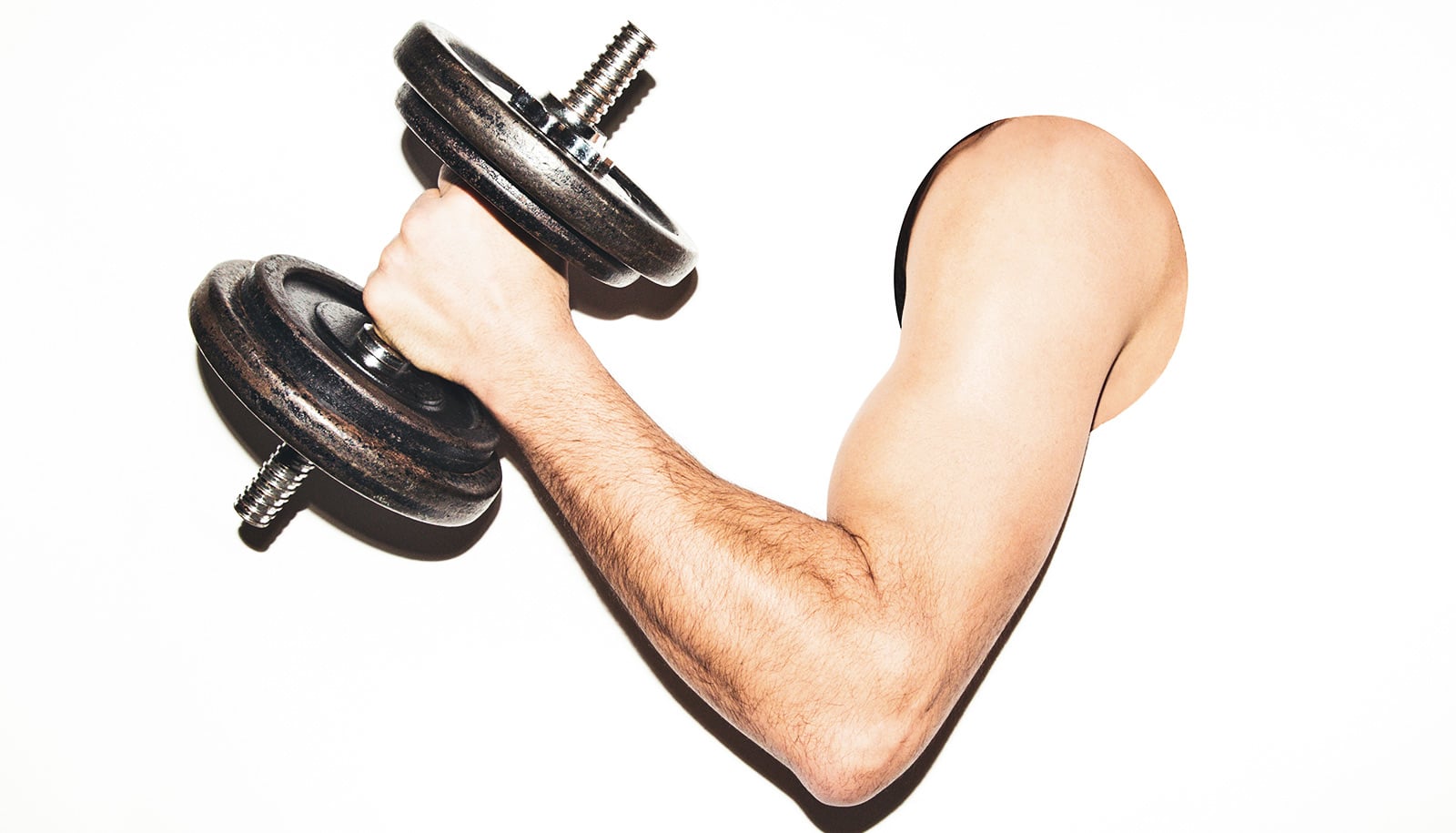A major issue in rehabilitation robotics is that devices such as exoskeletons and treadmills correct patients’ movements only while they are using the device. Ongoing research aims to change that.
Gelsy Torres-Oviedo, director of the Sensorimotor Learning Lab at the University of Pittsburgh, leads a research team that uses rehabilitation robotics and motion capture cameras to study “locomotor learning.” That’s the ability of a patient with an impaired gait to adapt their walking patterns and learn new movements.
This research has broad impact for public health because it aims to guide the use of technology for effective gait rehabilitation after stroke, which is the leading cause of long-term disability in the United States.
“We’re very interested in understanding the factors that determine that specificity in learning and how we can manipulate them. We want to help patients retain what they’ve learned and carry it over to their daily living,” says Torres-Oviedo.
Robotic ‘exosuit’ fixes stride after stroke
The ultimate goal is to use quantitative tools to characterize in a very systematic way the impairments that every stroke survivor has and tailor the intervention.
The NSF supported the research depicted in the video.
Source: National Science Foundation



